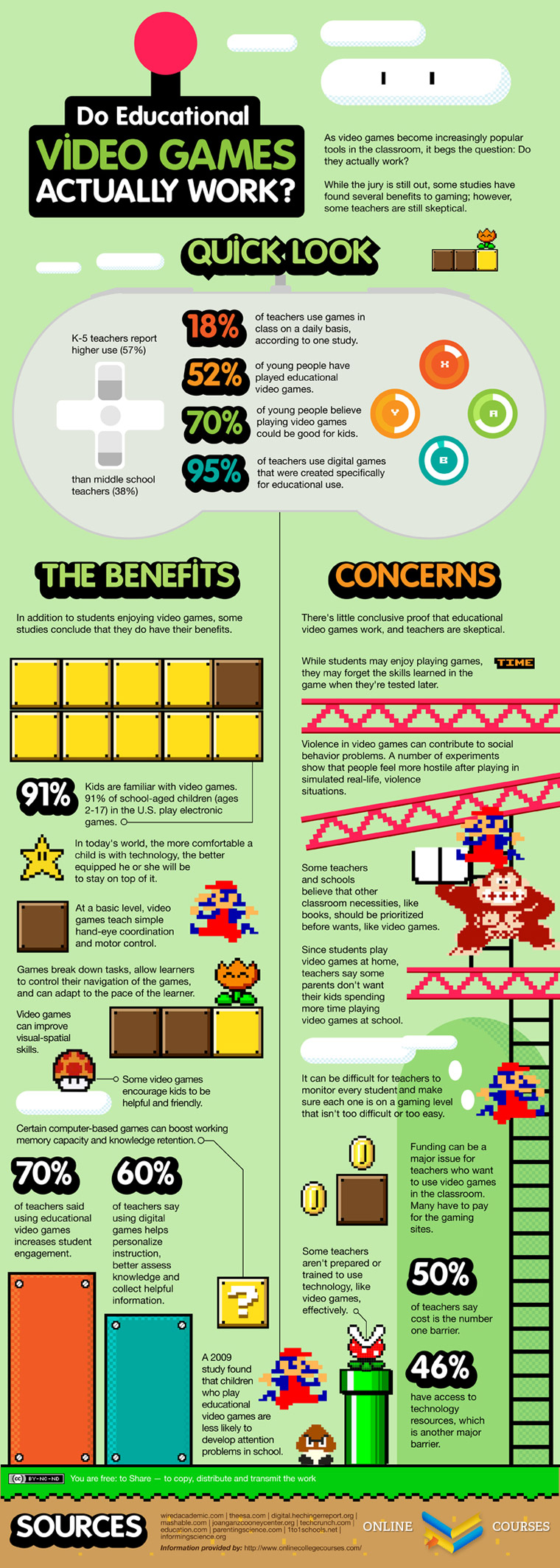
Do Students Benefit from GameBased Learning? [Infographic] EdTech
The Challenges of Game-Based Learning. While game-based learning offers a treasure trove of benefits for student engagement and learning, it's important to acknowledge some potential challenges. Investment of Time and Resources. One concern is the cost and time associated with familiarizing ourselves with the mechanics of a game.
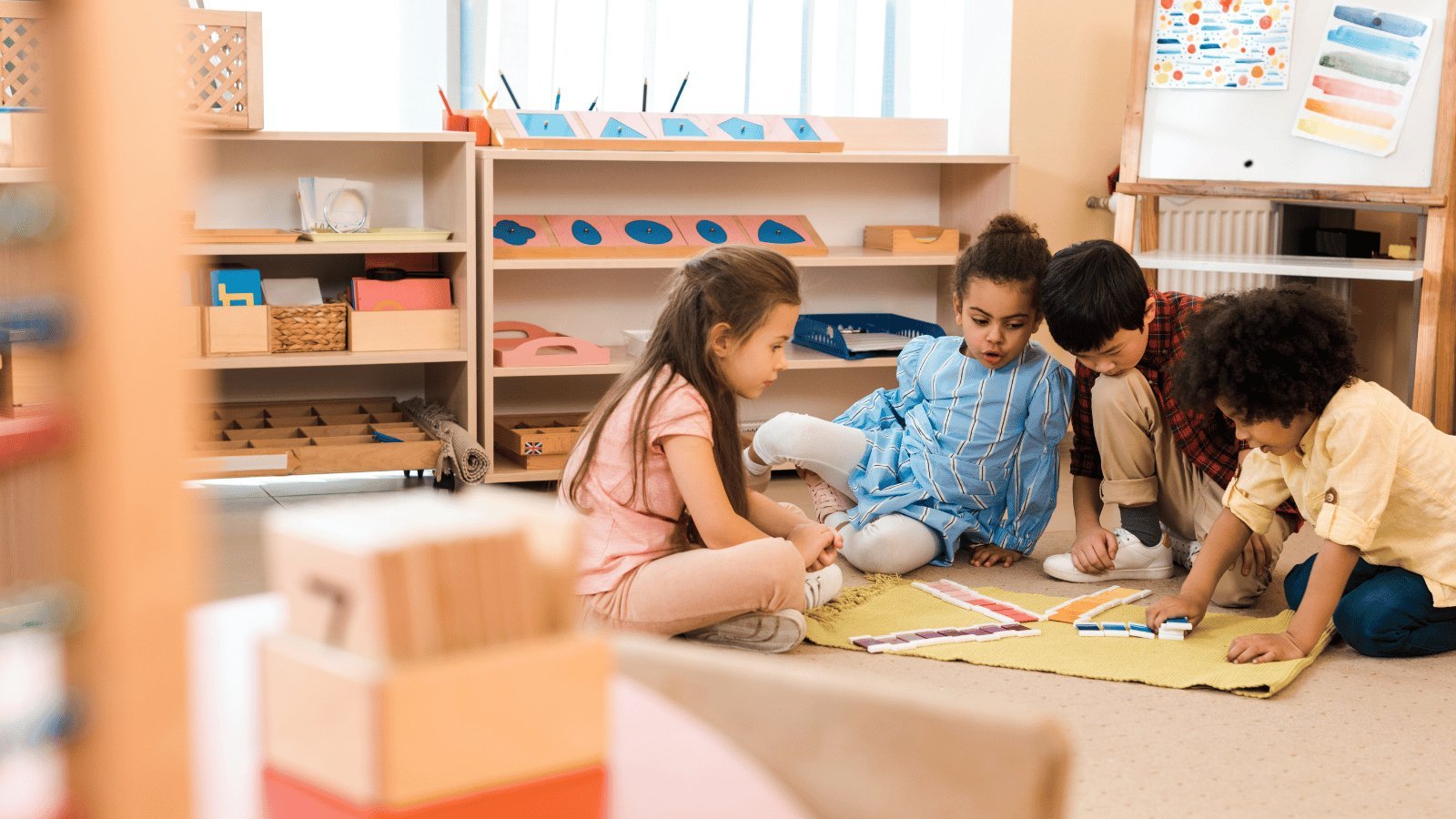
A Guide to GameBased Learning in Early Childhood Education
Pace: Teachers enable self-directed, mastery-based learning with individualized learning velocity. Game-based learning is the practice of using games to enhance the learning experience. Playing games holds learners' attention in engaging and interactive ways, making it easier to learn new things or build a better understanding of concepts.
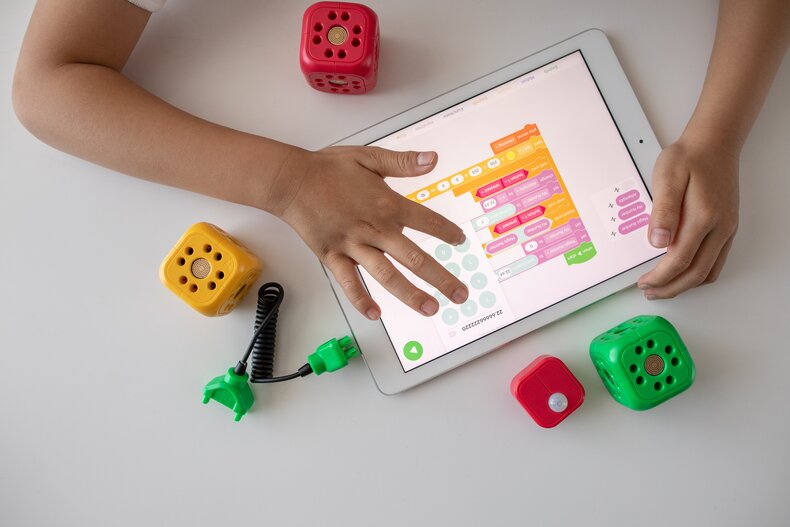
Education For Creativity Through GameBase Learning GESS Education
Game-based learning (GBL) is an active learning strategy that is an intersection between game elements and the learning environment, using strategies typically reserved for games to encourage and enhance learning, practice, and assessment. Game-based learning relies on defined learning outcomes and often uses a cycle of failure, reflection, and.

GameBased Learning in the Classroom What’s the Point? DiGiT! Games
Kodable. Kodable is a programming game that helps teach students from kindergarten through 5th the basics of computer programming in a fun and engaging way. This easy-to-use activity uses self-paced lessons, immediate feedback, and unlimited creative activities to help you bring game-based learning into your classroom this year!
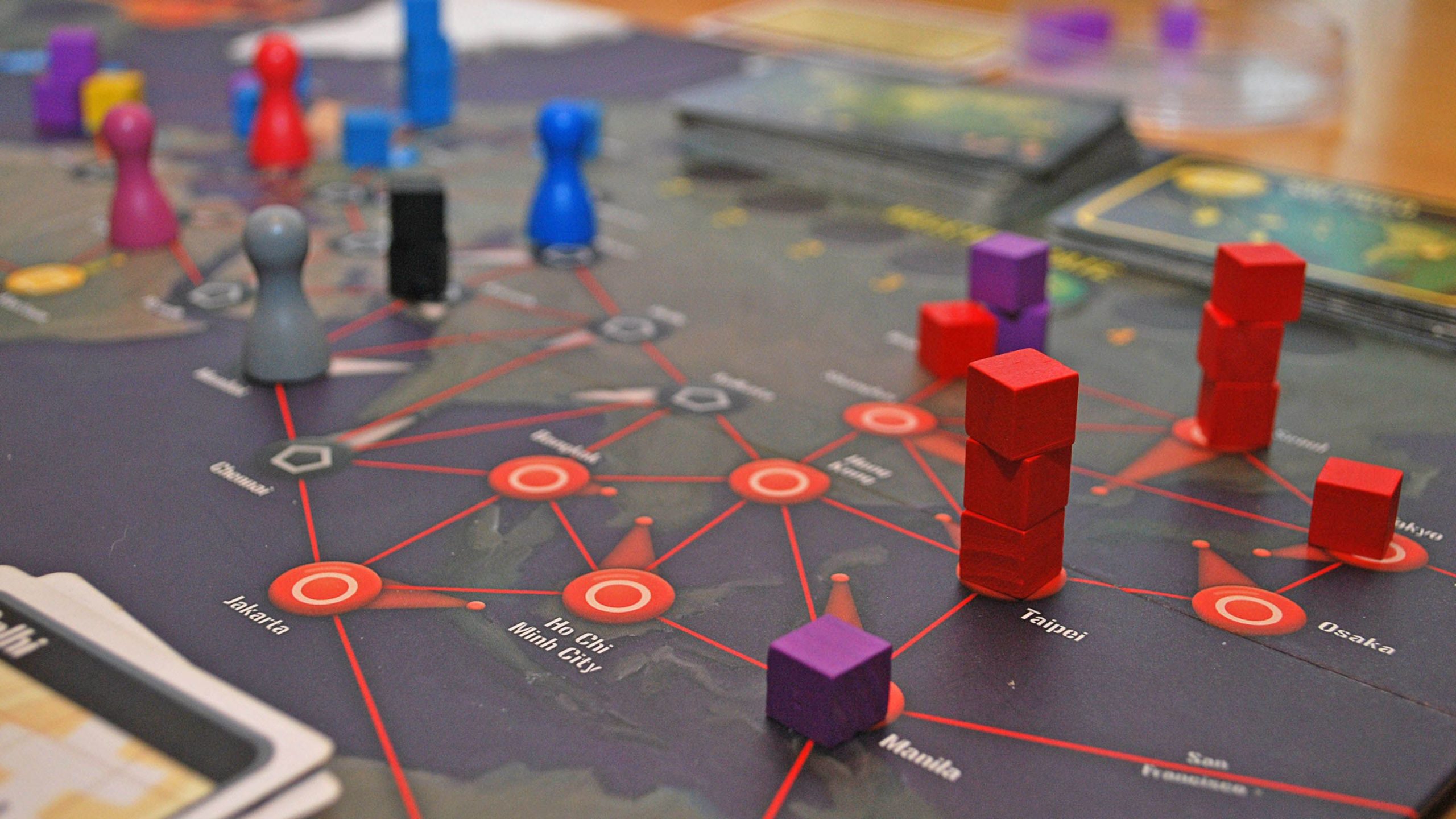
elearning Brandcastle
The main characteristics of game-based learning are: The learning process takes place through different and attractive scenarios. The learning process is based on overcoming different challenges. The learning experience is positive and interesting. Its also important to highlight the fact that to create efficient game based learning it is.
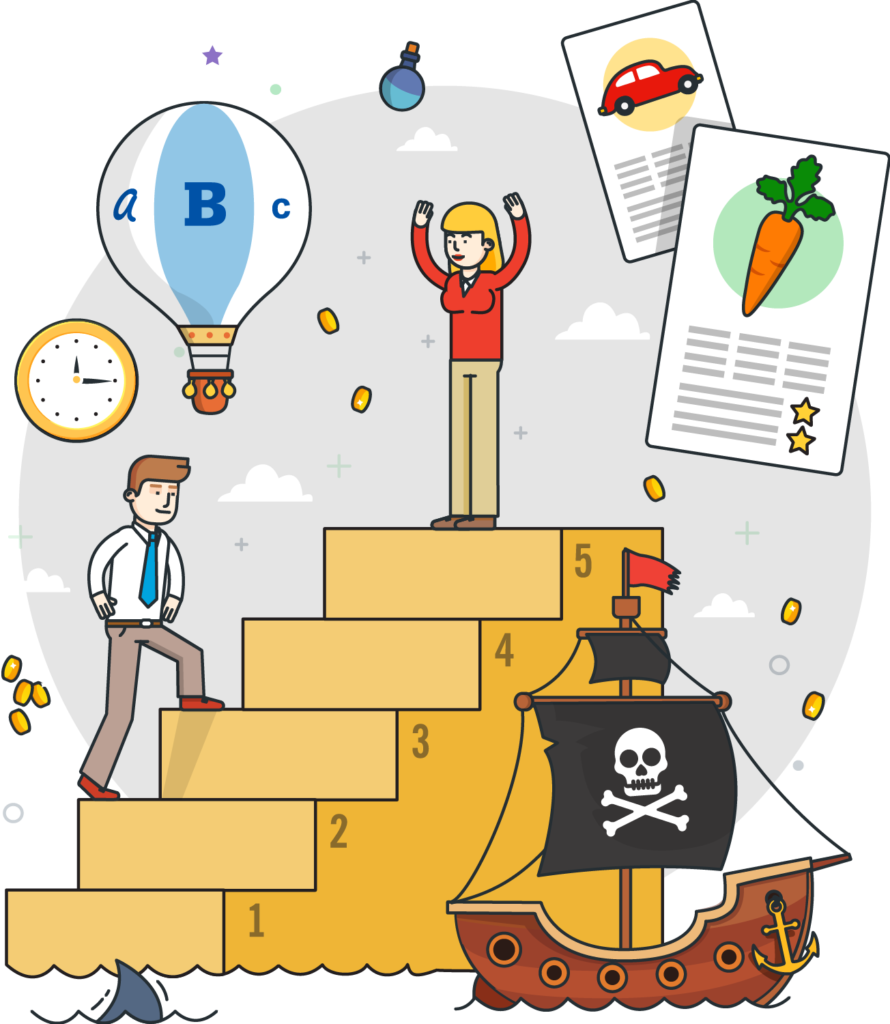
Activica creates gamebased learning for companies and NGOs
Gaming has, in one form or another, been a part of education since its inception. Today, we consider game-based learning (GBL) as simply the integration of games or gaming mechanics into the educational experience 1. Educators who implement game-based learning do so because of its capacity to create interactive and enjoyable learning opportunities.
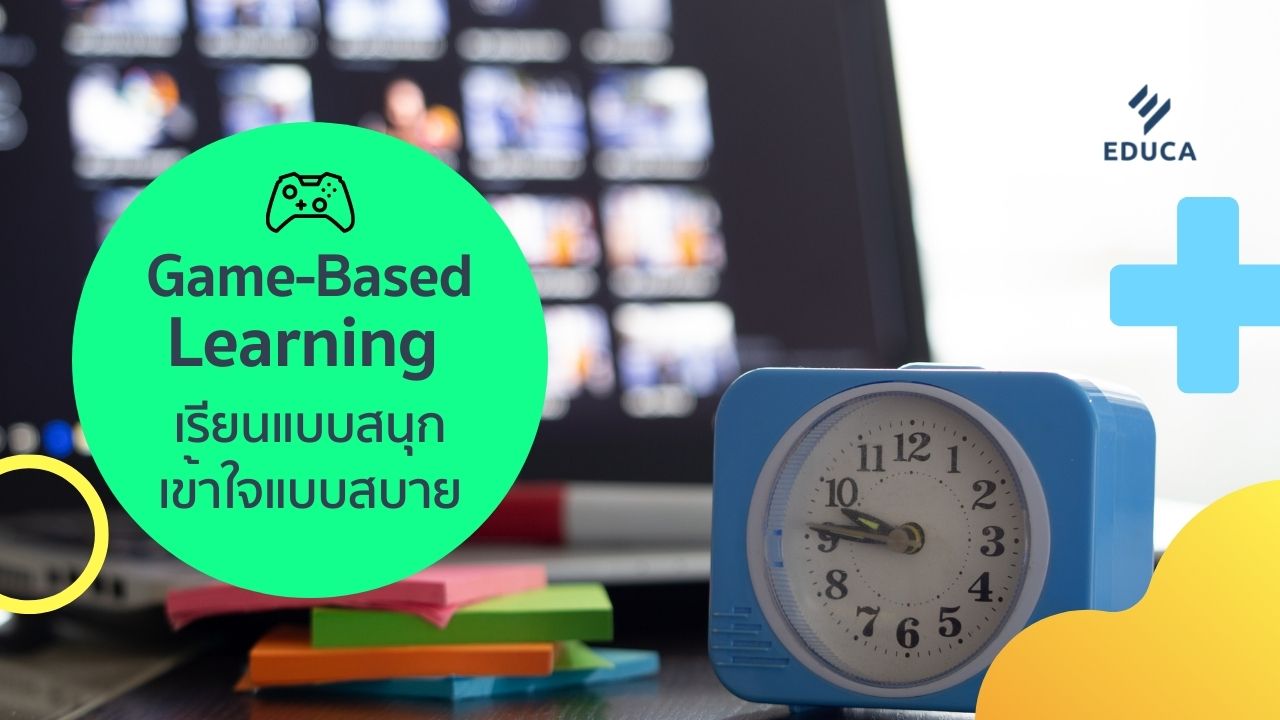
EDUCA มหกรรมทางการศึกษาเพื่อพัฒนาวิชาชีพครู
Definition. At a simple level, games-based learning can be defined as "learning that is facilitated by the use of a game.". This can be at any academic level from preschool through to lifelong learning, from simple memorization and recall to high level learning outcomes such as evaluation or creativity. The use of the game can be intrinsic.

Gamebased Learning Gamelab.ID
GBL usually includes a game-like environment and practice of the learning content through activities like theatre and role play. In GBL, the learning process comes as a result of playing the game. Gamification, instead, is about inserting some elements of a game into traditional activities. Although Quizzes can be considered an example of.
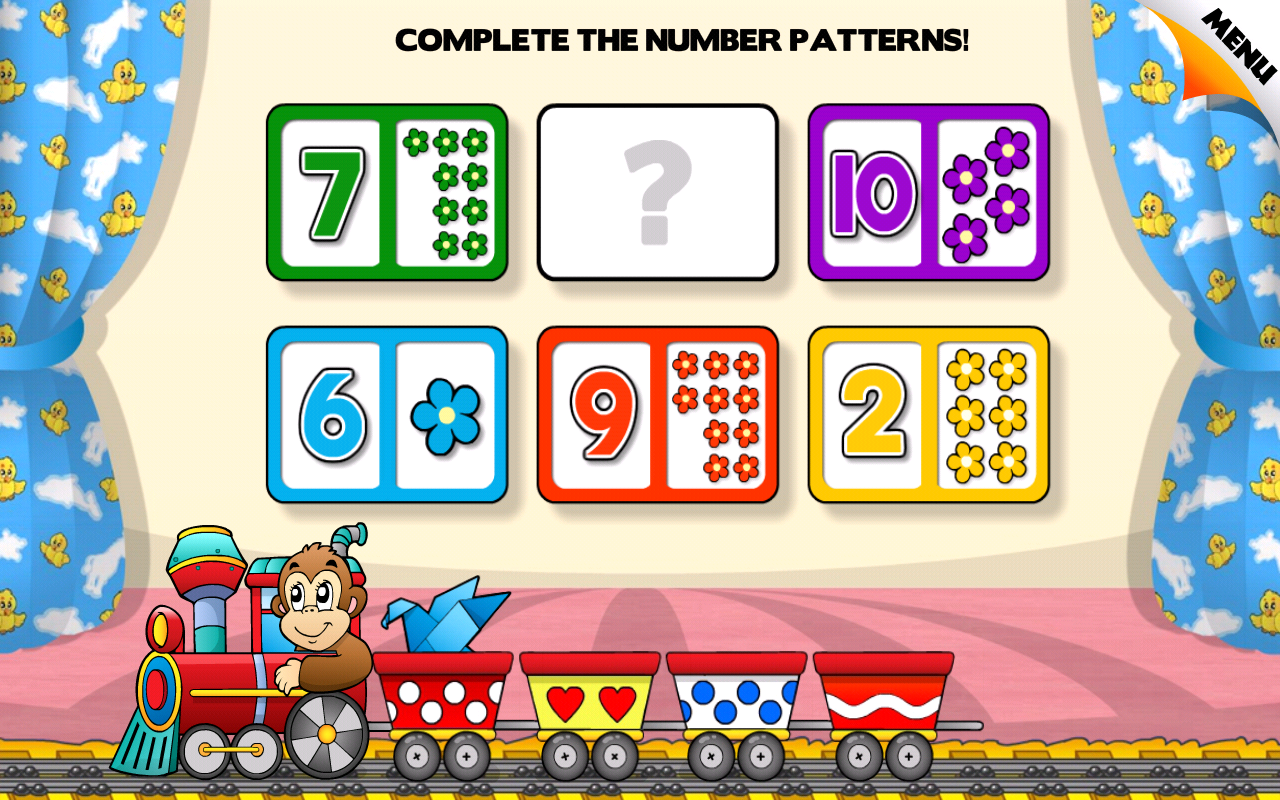
GameBased Learning for Preschoolers Pak Parenting
7 Tips for Implementing a Game-Based Learning Model. We've talked about why game-based learning is so effective for students. Now, let's discuss how you can use games to make the learning experience more impactful for your students. 1. Know Your Students' Needs, Strengths, Weaknesses, and Habits.
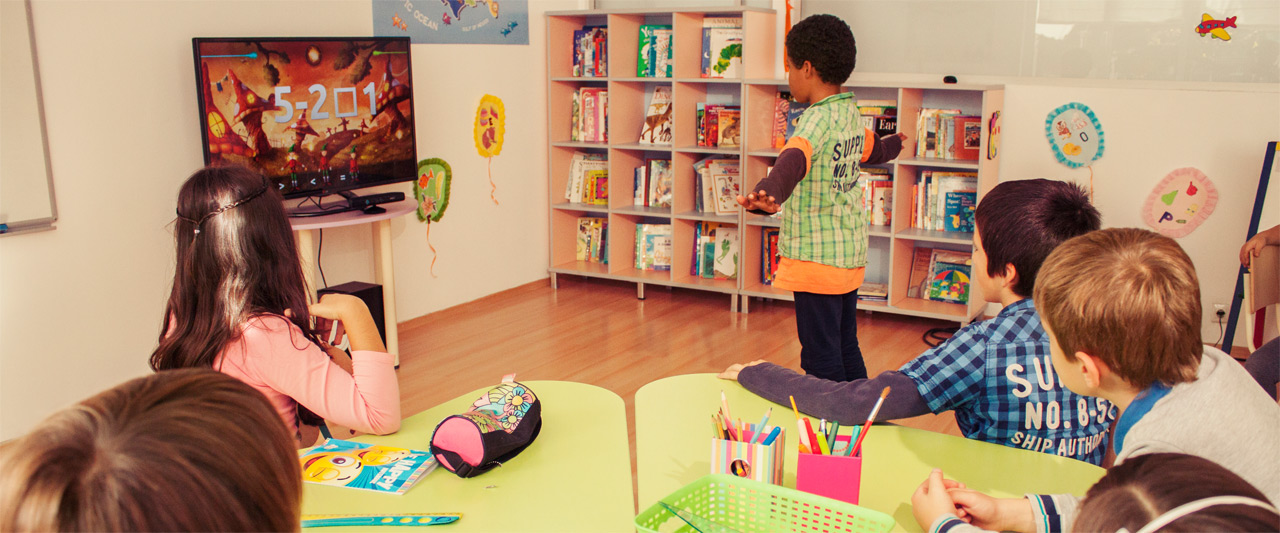
What is gamebased learning? Jumpido Educational games for Kinect
Example: Game-based learning vs gamified learning. Here's an example to illustrate the differences between GBL and gamified learning: Scenario: Teaching mathematics to students in 3rd grade. Game-Based Learning: You would use an application like Prodigy Math.In this game, players explore a fantasy world where they complete quests, take part in magic battles and collect in-game "Pets".
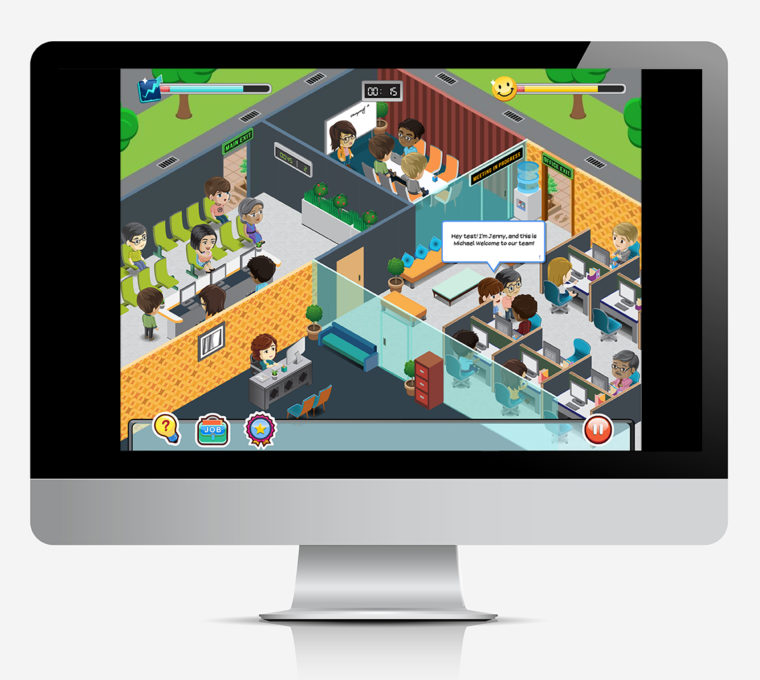
Gamebased Learning
Las características fundamentales que definen game-based learning son: 1. El aprendizaje debe llevarse a cabo por medio de escenarios atractivos para el usuario. 2. Debe llevarse a cabo una evolución, mediante la superación de diferentes incógnitas. 3. Debe crear una experiencia de aprendizaje positiva. Mientras los formatos de formación.

Game based learning
Abstract. Game-based learning (GBL) defines an environment where game content and game play enhance knowledge and skills acquisition, and where game activities include problem solving spaces and challenges that provide learners with a sense of achievement (Qian & Clark, 2016 ). The findings of review studies on GBL indicate that GBL can.

Five Easy Tips to Engage in GameBased Learning • TechNotes Blog
Interaction Design: Learning Mechanics. The design of the learning interactions within a game, which are referred to as learning mechanics (Plass & Homer, 2012), is the process of mapping learning objec-tives onto instructional strategies that are based on appro-priate learning theories (Homer & Plass, 2014).

The "GameBased Learning" Approach YouTube
Origins of Digital Game-Based Learning and Related Terms. Once dismissed as a childhood pastime, a venue for mindless entertainment, or a distraction from more productive life pursuits, digital games have emerged as a powerful social, cultural, and economic force during the past 30 years, growing exponentially and becoming commonly played among an expanding range of demographics.

¿Qué es Game Based Learning y cómo aporta productividad? Cocolisto
Game-based learning refers to the borrowing of certain gaming principles and applying them to real-life settings to engage users (Trybus 2015). The motivational psychology involved in game-based learning allows students to engage with educational materials in a playful and dynamic way. Game-based learning is not just creating games for students.

GameBased Learning in the Classroom What’s the Point? DiGiT! Games
Abstract and Figures. This study investigates descriptively the use of game-based applications in learning and teaching environments. Each empirical finding was categorized according to paper.
- Accesorios Yamaha Mt 07 2017
- Dulce Et Decorum Est Author
- Bolsos Vaqueros El Corte Inglés
- Video Game Sound Effects Download
- Cilindro Pressurizado Coletor De Vapores
- Almacenes De Productos De Ucrania En España
- Business Name Registration In Australia
- Codigo Postal Cabanillas Del Campo
- Haya Visto O Halla Visto
- Cuanto Cuesta Quitar Gotele Y Pintar En Madrid